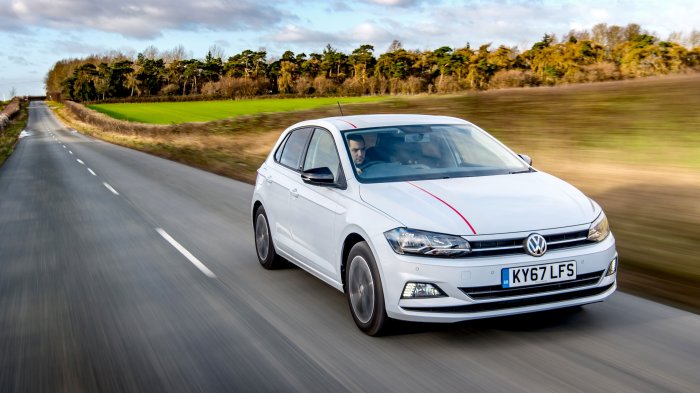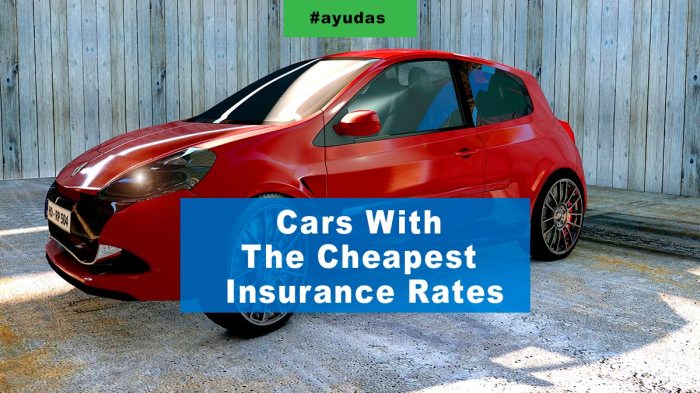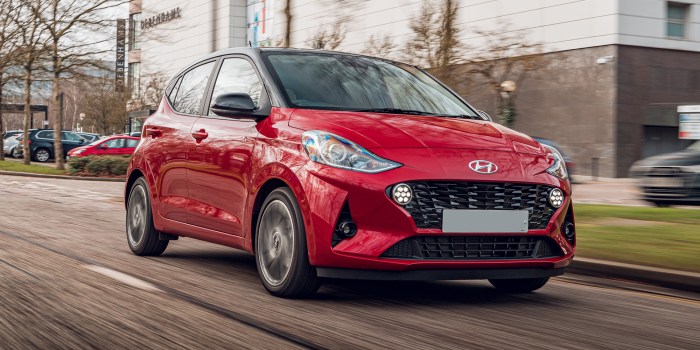The cost of car insurance can significantly impact your budget. Understanding the factors that influence premiums is crucial for making informed decisions. This guide delves into the world of affordable car insurance, exploring car models known for their low insurance costs, key factors affecting premiums, and strategies to minimize your expenses. We’ll equip you with the knowledge to navigate the insurance landscape and find a vehicle that fits both your needs and your budget.
From examining fuel-efficient models to understanding the role of safety features and driving history, we’ll cover all aspects of securing cheap car insurance. We’ll also provide practical tips and strategies to help you reduce your premiums and save money in the long run. Whether you’re a new driver or a seasoned veteran, this guide offers valuable insights to help you find the best cars with cheap insurance.
Affordable Car Models

Finding a car that’s both affordable to buy and inexpensive to insure can be a challenge, but it’s definitely achievable. Many factors influence insurance premiums, and choosing a car wisely can significantly reduce your yearly costs. This section will explore car models known for their low insurance rates and explain why they are less expensive to insure.
Several factors contribute to lower insurance premiums. Smaller, less powerful engines typically result in fewer accidents and lower repair costs. A car’s safety features, such as anti-lock brakes and airbags, also play a crucial role. Furthermore, the car’s theft rate and its history of insurance claims impact the premiums. Cars with a proven track record of lower accident rates tend to have lower insurance costs.
Affordable Car Models and Insurance Costs
The following table provides examples of car models often associated with lower insurance premiums. Note that insurance costs vary significantly based on factors like your driving record, location, and the specific insurance provider. The ranges provided are estimates and should be considered as a general guideline.
| Make | Model | Year Range | Typical Insurance Cost Range (Annual) |
|---|---|---|---|
| Honda | Civic | 2015-2023 | $800 – $1500 |
| Toyota | Yaris | 2017-2023 | $700 – $1200 |
| Mazda | Mazda3 | 2016-2023 | $900 – $1600 |
| Kia | Rio | 2018-2023 | $750 – $1300 |
| Hyundai | Accent | 2019-2023 | $700 – $1250 |
Small, Fuel-Efficient Vehicles
Small, fuel-efficient vehicles are frequently chosen for their lower insurance costs. Their smaller size makes them less likely to cause significant damage in an accident, and their lower horsepower reduces the risk of speeding and aggressive driving. Examples include the Honda Fit, Toyota Prius (although hybrid battery replacement can be expensive), and Nissan Versa. These models generally have a good safety record and are less expensive to repair than larger vehicles.
Vehicle Features & Insurance

Your car’s features significantly impact your insurance premiums. Safety features, in particular, play a crucial role in determining how much you’ll pay. Insurance companies recognize that vehicles equipped with advanced safety technologies are less likely to be involved in accidents or result in significant damage, leading to lower claims costs. This translates to lower premiums for you.
Insurance companies consider various factors when assessing risk and setting premiums. These factors are not limited to the driver’s history, but extend to the vehicle itself and its inherent safety features.
Safety Features and Insurance Costs
The following table illustrates how different safety features can affect insurance premiums. Note that these are illustrative examples and actual costs vary depending on numerous factors, including your location, driving history, and the specific insurance provider.
| Safety Feature | Impact on Insurance Premium | Example |
|---|---|---|
| Anti-lock Brakes (ABS) | Reduces premium by approximately 2-5% | A car with ABS might see a $50-$125 annual reduction in premiums compared to an identical model without ABS, assuming a $2500 annual premium. |
| Airbags (multiple) | Reduces premium by approximately 5-10% | A car with multiple airbags (front, side, curtain) could see a $125-$250 annual reduction compared to a similar car with only front airbags, again assuming a $2500 annual premium. |
| Electronic Stability Control (ESC) | Reduces premium by approximately 5-10% | ESC helps prevent loss of control, leading to similar savings as multiple airbags. |
| Advanced Driver-Assistance Systems (ADAS) | Reduces premium by approximately 10-15% or more | Features like adaptive cruise control, lane departure warning, and automatic emergency braking can significantly lower premiums due to their accident-prevention capabilities. A $2500 annual premium might see a reduction of $250-$375 or more. |
| No Safety Features (or outdated systems) | Higher premium | Cars lacking modern safety features will generally result in higher insurance costs due to increased risk. |
Vehicle Security Systems and Insurance Costs
Vehicle security systems play a significant role in reducing insurance premiums. These systems deter theft and vandalism, reducing the likelihood of claims. The presence of a robust security system, such as an immobilizer, alarm system, GPS tracking, or even advanced locking mechanisms, demonstrates a lower risk profile to insurance companies. This lower risk translates directly into lower insurance premiums. For example, a car with a factory-installed alarm system and an immobilizer might qualify for a discount of 5-10% compared to an identical model without these features. Cars with sophisticated GPS tracking systems that allow for remote disabling or recovery may receive even larger discounts. Conversely, cars lacking basic security measures may face higher premiums due to the increased risk of theft.
Epilogue

Securing affordable car insurance involves a multifaceted approach, encompassing careful vehicle selection, understanding insurance factors, and implementing proactive strategies to lower premiums. By considering factors like fuel efficiency, safety features, driving history, and location, you can significantly reduce your insurance costs. Remember, proactive measures like obtaining multiple quotes, maintaining a clean driving record, and taking advantage of available discounts can lead to substantial savings. Ultimately, finding the right balance between your needs and your budget is key to finding the perfect car with cheap insurance.
FAQ Explained
What is the average cost of car insurance?
The average cost of car insurance varies widely depending on factors like location, age, driving history, and the type of vehicle. It’s best to obtain quotes from multiple insurers for an accurate estimate.
Can I get car insurance without a driving history?
Yes, but it will likely be more expensive. Insurers assess risk based on driving history, so a lack of history often results in higher premiums. You may need to consider a higher deductible to lower your premiums.
How often can I change my car insurance provider?
You can typically switch car insurance providers at any time. However, there may be penalties for cancelling a policy early, so it’s best to review your policy terms before making a change.
What is a good credit score for car insurance?
Many insurers use credit scores to assess risk. A higher credit score generally translates to lower insurance premiums. While the exact impact varies by insurer, maintaining a good credit score is beneficial.